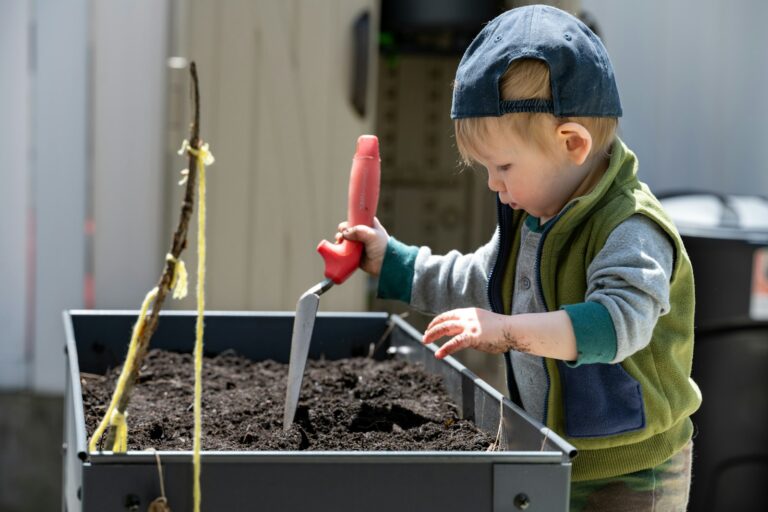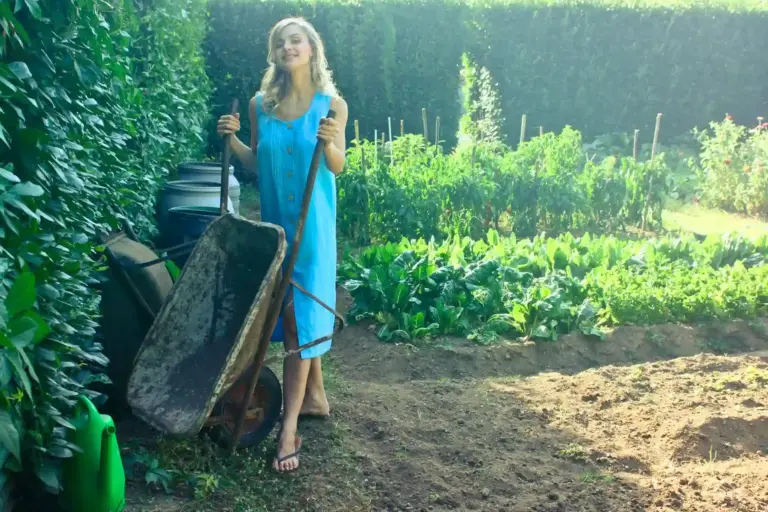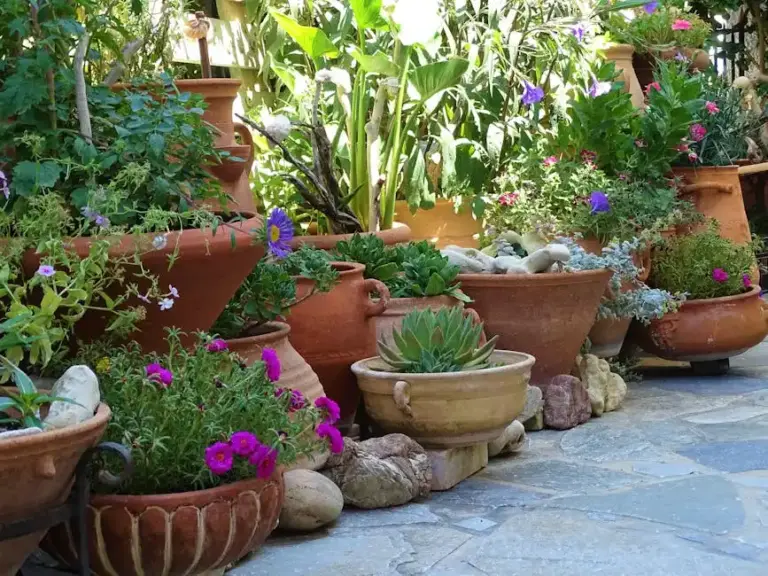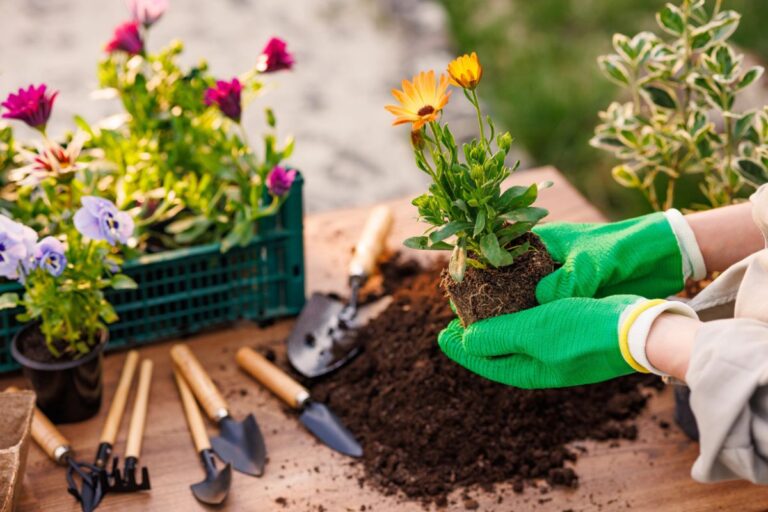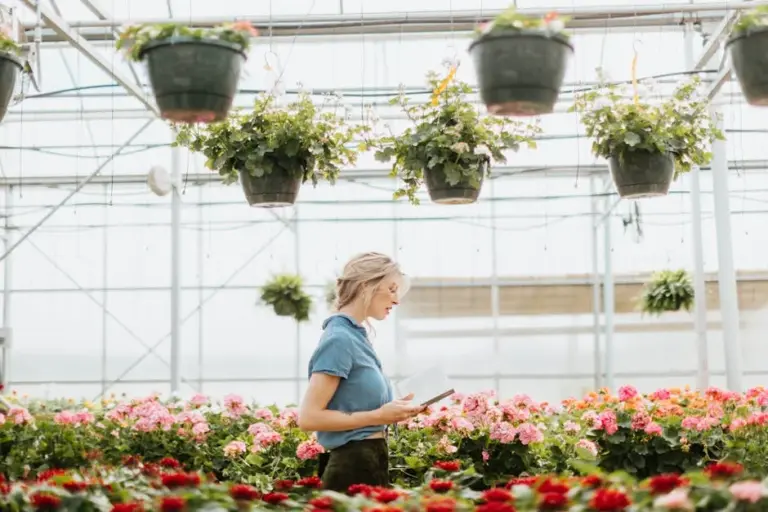Why Gardeners Love Organizing Their Seeds in the Off Season for a Happy Spring Start
If you’ve ever found yourself digging through a messy drawer for a packet of seeds, you know how frustrating it can be. Getting your seeds organized during the off season can be a surprisingly satisfying way to set yourself up for a smooth, happy spring.
When your seeds are sorted and stored well, you save time and avoid stress later. It also helps you know exactly what you have and what you might still need for your garden.
This simple routine can make planting season go smoothly and gives you a head start on growing healthy plants. Taking a little time now helps you enjoy your garden more later.
Keeps seeds viable longer by storing them properly
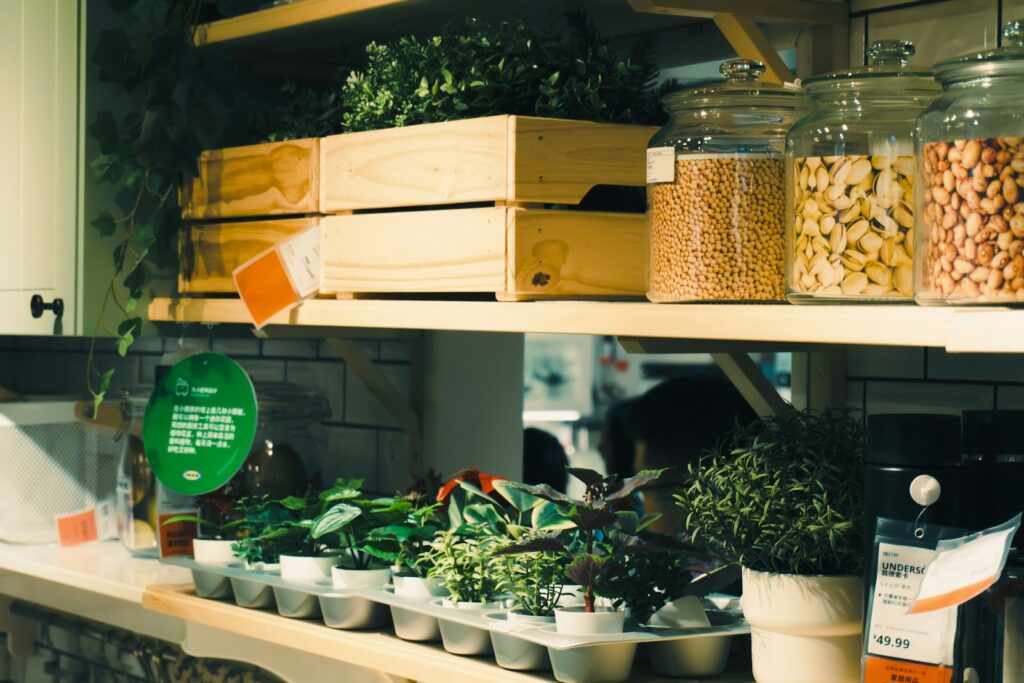
When you store seeds the right way, you help keep them healthy and ready to grow. Seeds are living things, so they need the right conditions to stay alive over time.
You should keep seeds dry and cool. Moisture and heat can make seeds spoil or lose their ability to sprout.
Using airtight containers like jars or sealed bags can protect seeds from dampness. It’s also a good idea to label your seeds with the date you stored them.
This helps you keep track of how old they are and plan when to use them. Proper storage means you can plant seeds in future seasons without buying new ones every year.
Makes planning next season’s garden easier
When you organize your seeds in the off season, you can quickly see what you have on hand. This makes it easier to decide what to plant without guessing or buying duplicates.
Having seeds sorted by type or planting date helps you pick the right seeds at the right time. You can also keep track of which seeds worked well before and want to grow again.
Organizing seeds lets you spot gaps in your collection. You can plan to try new vegetables or flowers with enough time to order or save seeds.
Prevents seed loss and mix-ups
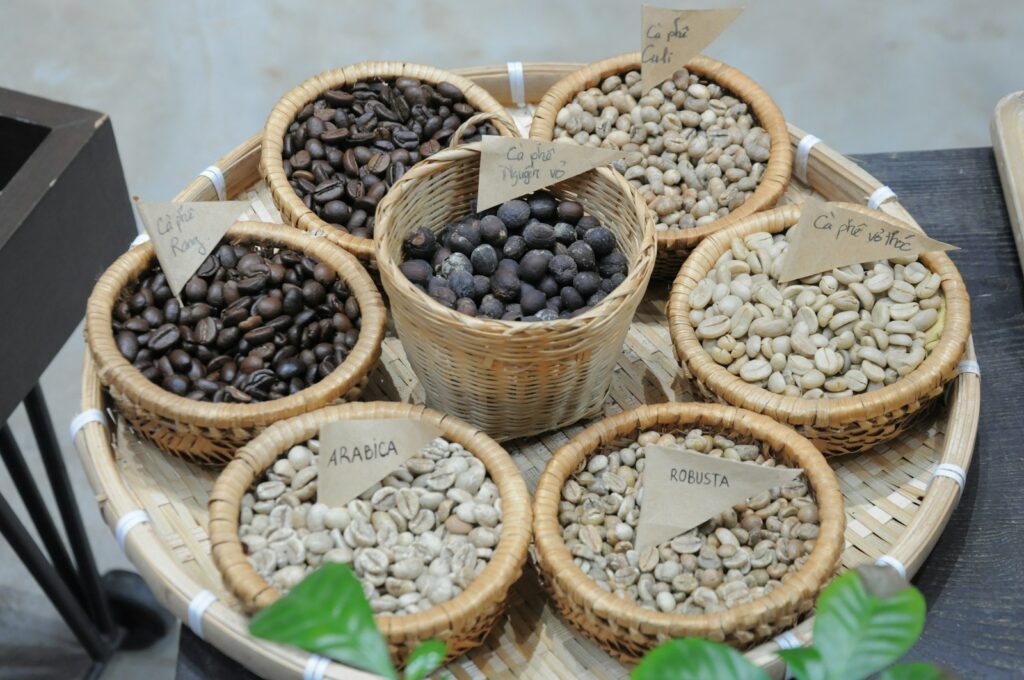
After the gardening season ends, seeds can easily get misplaced if they are mixed up or stored without a system. Taking time to sort and label your seeds helps you keep track of what you have.
Mix-ups can lead to planting the wrong seeds, which wastes time and effort. Clear labeling and separate storage give you confidence when planting next season.
Organizing also protects older seeds. When you store seeds properly, you avoid damage from moisture or pests.
Saves money by reducing the need to buy new seeds
Sorting your seeds during the off season can help you save money. Instead of buying new seed packets every year, you use the seeds you already have.
Saving seeds from your own plants means you can grow the same vegetables or flowers again. This helps you avoid buying more seeds from stores.
Keeping your seeds sorted and labeled also makes it easier to find what you need. You won’t waste money by accidentally buying seeds you already have.
By using your own saved seeds, you become more self-reliant. This is especially helpful if you’re on a budget but still want a thriving garden.
Helps track what seeds you already have
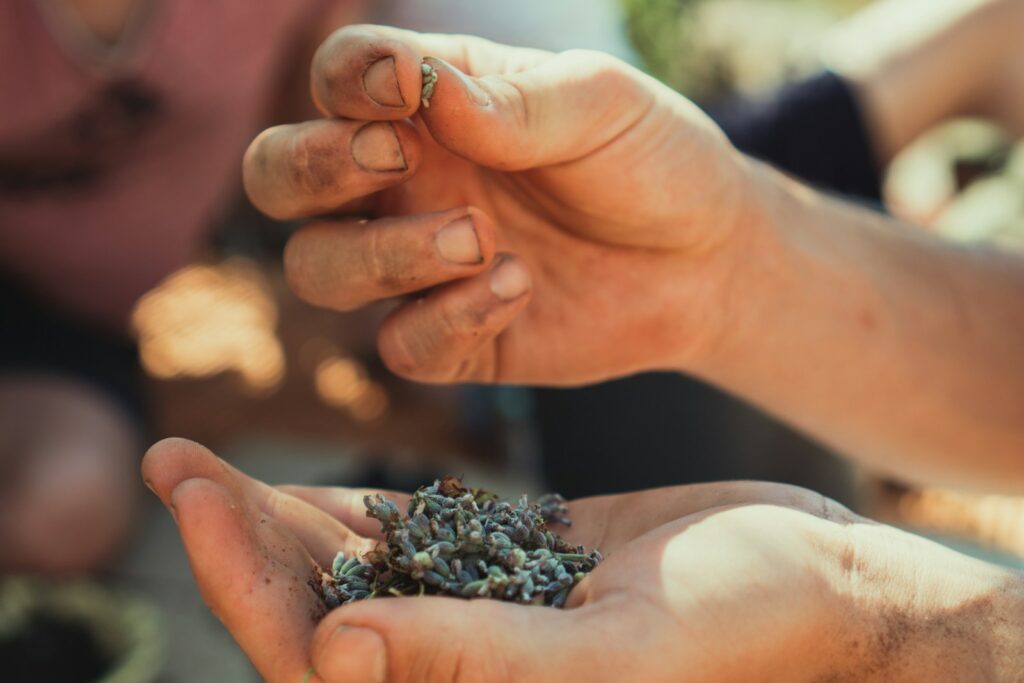
Organizing your seeds in the off season helps you know exactly what varieties you own. This means you won’t accidentally buy seeds you already have, saving you money and space.
When you sort and label your seeds, it’s easier to see what needs to be used soon. Seeds don’t last forever, so keeping track of their age helps you plant the freshest ones for better results.
You can create a simple list or use a digital inventory to keep everything in order. This way, you always have a clear picture of your collection without digging through boxes or drawers.
Knowing what seeds you have also helps you plan your garden better. You can decide what to plant based on what’s available and what you want to grow next season.
Allows sorting seeds by type, date, or planting season
When you organize your seeds, it’s easier to sort them by type. You can group vegetables, herbs, and flowers separately.
Sorting seeds by date is also very helpful. You can see which seeds are fresh and which ones might be older.
Using seeds in the right order means better chances for your plants to grow strong. You can also arrange seeds by planting season.
This way, when it’s time to plant spring or summer crops, you grab the right seed packet quickly. It saves time and keeps your garden plans organized.
Reduces garden prep stress with an organized system
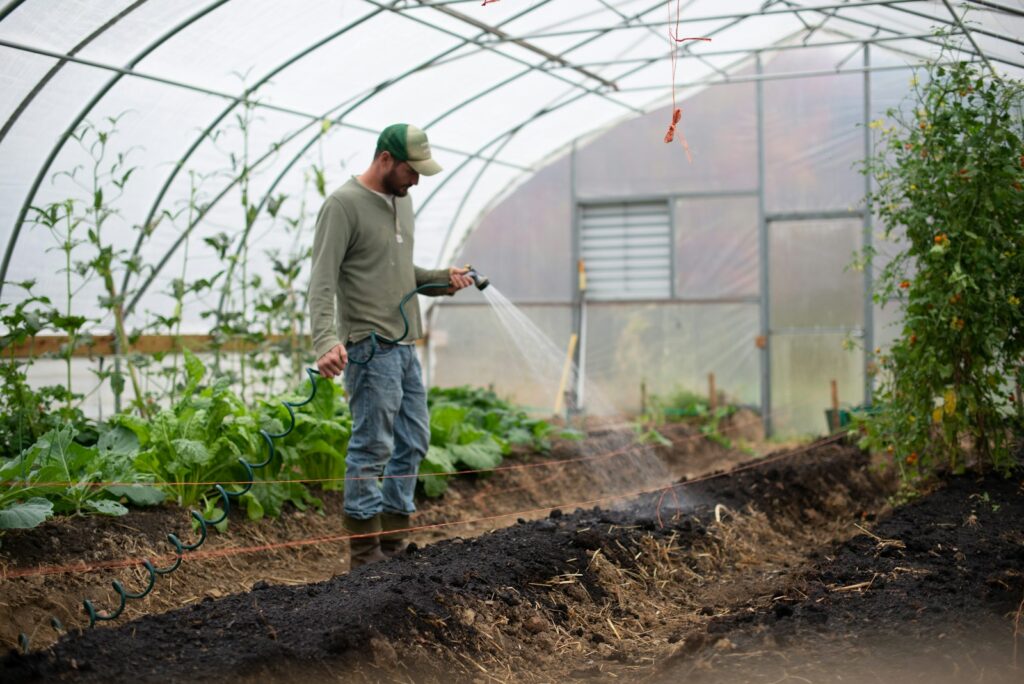
When you organize your seeds in the off season, you make garden preparation much easier. You won’t waste time searching through clutter or trying to remember what seeds you have.
Having a clear system lets you see all your seeds at a glance. This helps you plan your garden better and avoid buying duplicates.
An organized seed collection means you can start planting right away when the season begins. You spend less time sorting and more time enjoying your garden.
Storing seeds in labeled containers or a seed box keeps them safe and fresh. It also keeps your workspace clean and tidy, cutting down on stress.
Encourages seed saving from favorite plants
Organizing your seeds in the off season helps you keep track of your favorite plants. When you have everything sorted, it’s easier to save seeds from the best performers in your garden.
This means you can grow the same plants you loved last year. Saving seeds from your favorite plants also helps you learn more about how they grow.
You get to see how traits like size, color, or taste can be passed down. This makes gardening more personal and rewarding.
When you save seeds regularly, you don’t need to buy new ones every year. It also allows you to protect plants that do well in your climate.
By organizing seeds, you create a simple system that encourages seed saving as a habit. It feels good to keep a collection of plants you love and to share seeds with other gardeners too.
Simplifies sharing seeds with fellow gardeners
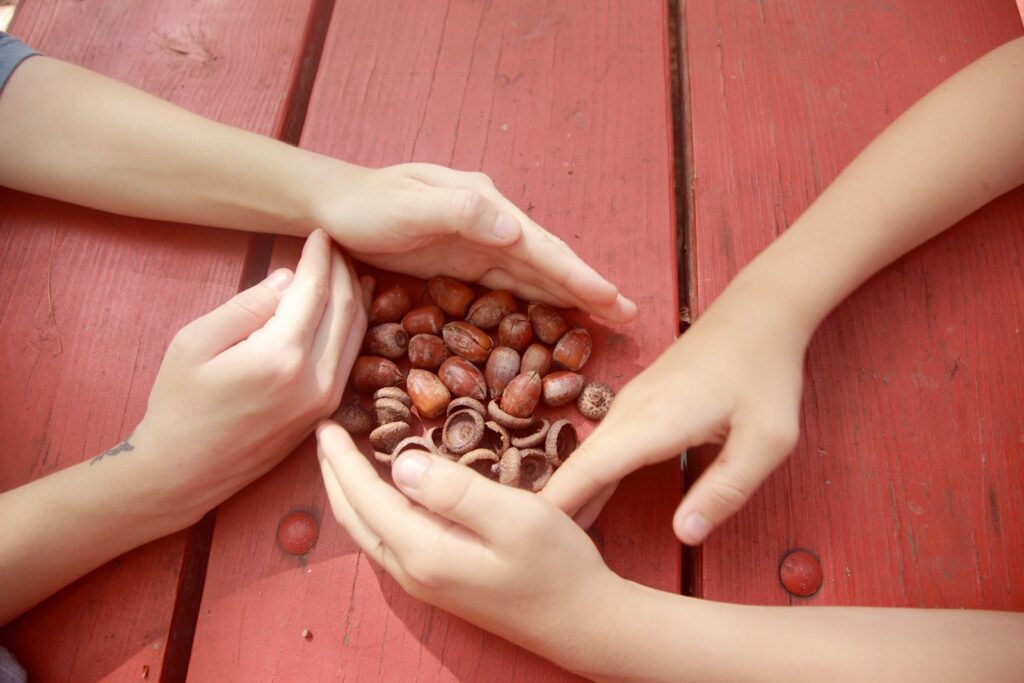
When you organize your seeds in the off season, it becomes much easier to share them with others. You’ll know exactly what types you have and how many packets are ready to pass along.
Having your seeds sorted by type, variety, or planting time helps you quickly find what your friends or neighbors need. You won’t have to dig through mixed piles or guess what is inside each packet.
Sharing seeds with others strengthens your gardening community. It gives you a chance to swap tips and learn from each other.
Organized seeds also encourage people to plant native or local varieties, which helps gardens thrive. Plus, when you offer seeds in good condition and clearly labeled, it shows you care about the gardening experience of others.
Creates a fun off-season gardening project
Organizing your seeds is a simple way to stay connected to gardening during the quieter months. It gives you something enjoyable to do indoors while the garden rests.
You get to sort through your seed collection, deciding which to keep, plant, or share. This helps you learn more about the plants you want to grow and plan better for the next season.
The task can be creative too. You might label packets with neat handwriting or make a system that works best for you.
It’s like preparing your garden plans without leaving your home. Plus, organizing seeds can spark excitement for spring.
When you see all your options, you start dreaming about what to plant and where. It’s a small task that feels rewarding.
You take a break from the cold and still do something useful for your garden later on.
Benefits Of Off-Season Seed Organization
Taking time in the off-season to sort and store your seeds properly can save you effort and frustration later. It helps you plan better, lowers stress when planting time comes, and keeps your seeds healthy for longer.
Improved Garden Planning
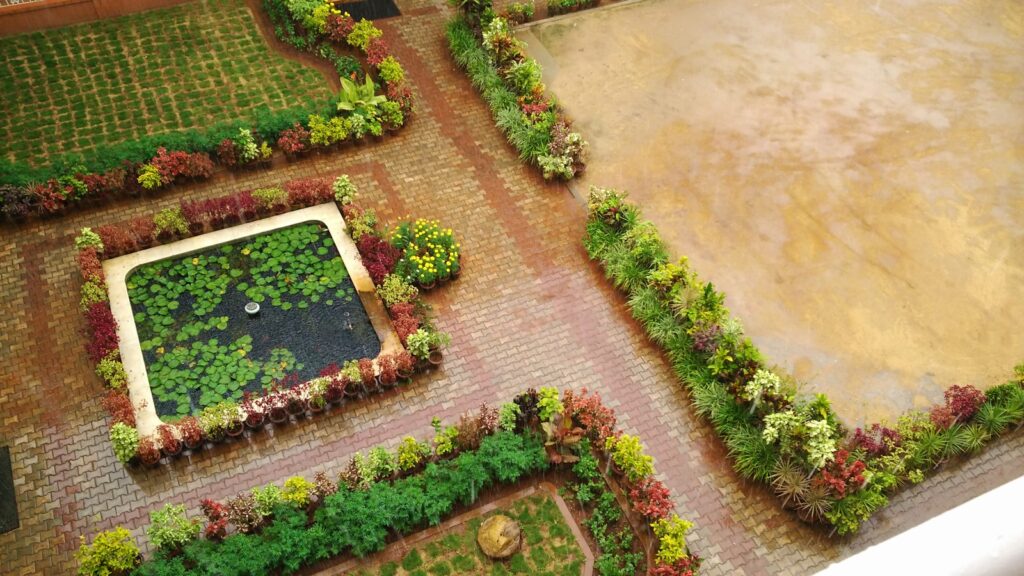
When you organize your seeds before the season starts, you can see exactly what you have. This helps you plan your garden layout, decide which plants to grow, and avoid buying duplicates.
You can group seeds by type, planting time, or days to maturity. This makes it easier to choose what fits your space and climate.
Having a clear inventory helps you track what worked well last year and what didn’t. Organizing lets you prepare your seed starting schedule in advance, so you’ll know when to start each batch.
Reduced Planting Season Stress
A cluttered seed stash can cause confusion and delay your planting. When you organize ahead of time, you save yourself from last-minute scrambling to find seeds or figure out what to grow.
Clear labeling and using storage containers keep seeds visible and easy to find. This means less stress when planting season arrives because you have everything ready to go.
You’ll avoid planting old or expired seeds by knowing exactly what you have and when it should be used.
Enhanced Seed Longevity
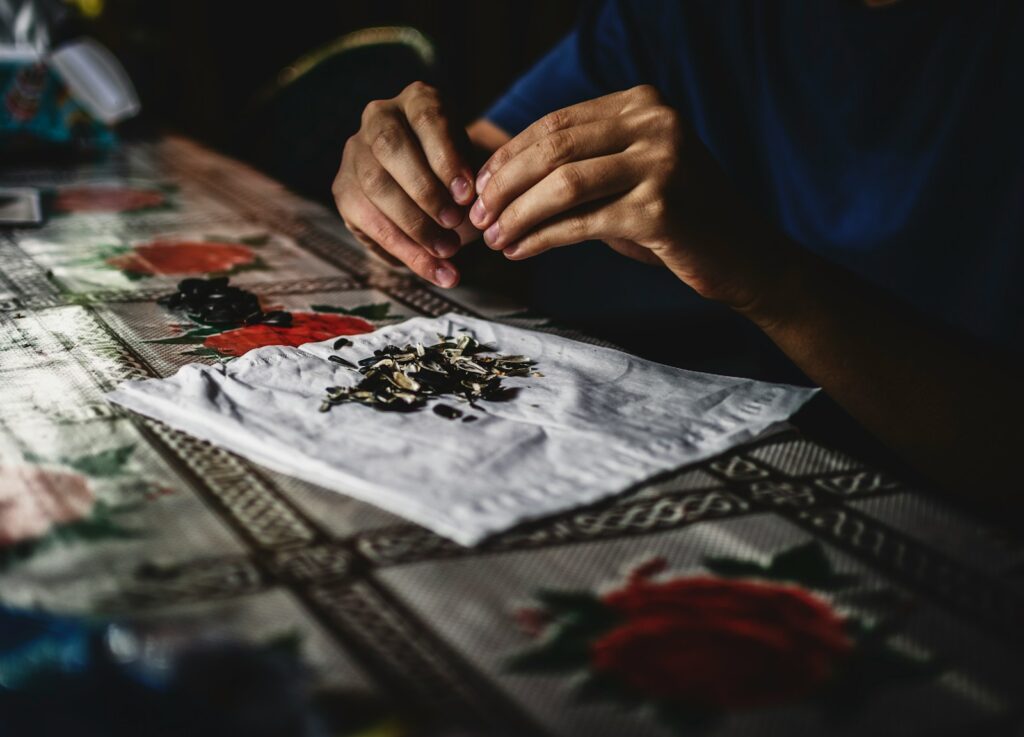
Storing seeds properly in the off-season helps keep them alive longer. Seeds last longer when kept cool, dry, and away from direct light.
Using airtight containers or sealed envelopes protects seeds from moisture and pests. You can also store seeds in a fridge or a cool, dark place to extend their viability.
By organizing and labeling seeds by date, you reduce the risk of planting old or spoiled seeds.
How Off-Season Organization Inspires Creativity
Organizing your seeds during the off-season gives you a fresh chance to plan your garden more thoughtfully. You can rethink what to plant and how to arrange it, making your garden more interesting and productive.
Small changes now can make a big difference later.
Sparking New Garden Ideas

When you sort through your seeds, you might discover varieties you forgot you had. This helps you get excited about trying new plants or combining different flowers and vegetables in creative ways.
Keeping your seeds in clear, labeled containers or envelopes makes it easier to see what you have. You can mix colors, shapes, or growth habits to design unique garden layouts.
Taking notes as you organize helps you remember what worked before and what you want to try differently. This simple step boosts your confidence and creativity in planning your garden.
Rotating Crop Strategies
Have you ever ended up with leftover seeds and no idea what to do with them? Organizing seeds during the off-season can actually make planning your garden much easier.
Rotating crops means you do not plant the same type in the same spot every year. This simple change can help keep your soil healthy and make it harder for pests to take over.
Try grouping your seeds by plant families. It becomes much easier to decide where each kind should go next season.
For example, after you harvest your peas, you might want to switch things up and plant tomatoes in that spot. These plants have different nutrient needs, which gives your soil a break.
A tidy seed collection can also help you spot old seeds you should use up first. This way, you are less likely to waste seeds and more likely to keep your garden thriving year after year.


